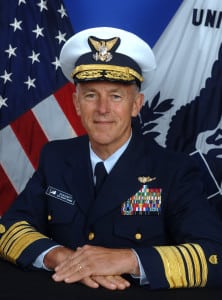
A solicitation for the first new Coast Guard heavy polar icebreaker in over 30 years will be released on Friday, initiating a competition among up to five vendors for the potential multi-billion dollar program that currently could see three of the ships built, Coast Guard Commandant Adm. Paul Zukunft said on Thursday.The Request for Proposals (RFP) for the ship had been expected by Wednesday but Zukunft said the “unwieldly” document is 1,750 pages and includes the full range of specifications…

 By
By 











